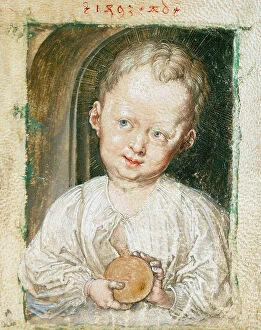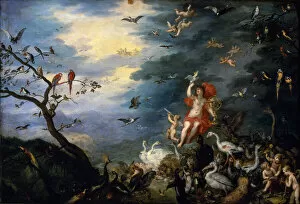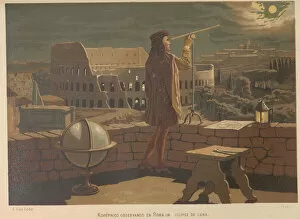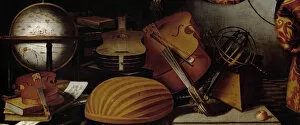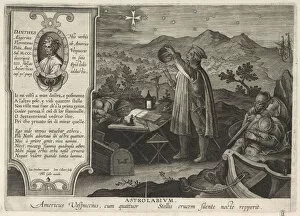Spherical Astrolabe Collection
"The Spherical Astrolabe: Unveiling the Celestial Secrets of the Universe" Step into a world where science and art intertwine
All Professionally Made to Order for Quick Shipping
"The Spherical Astrolabe: Unveiling the Celestial Secrets of the Universe" Step into a world where science and art intertwine, as we explore the fascinating history of the spherical astrolabe. This intricate instrument, with its origins dating back centuries, has played a pivotal role in our understanding of celestial bodies and their movements. In "The Allegory of Air, " part of a series on the Allegory of the Elements, this remarkable device takes center stage. Its elegant design captures both imagination and intellect, symbolizing humanity's quest to unravel the mysteries above. One cannot discuss astrolabes without mentioning Nicolaus Copernicus, whose groundbreaking heliocentric theory revolutionized astronomy. In "Copernicus in Rome, " we catch a glimpse of his presence during an era when scientific minds converged to exchange knowledge and challenge conventional beliefs. Harmonia Macrocosmica presents us with another awe-inspiring creation – Cellarius' planisphere of Copernicus. This masterpiece showcases not only Copernicus' genius but also highlights how his theories shaped our perception of the cosmos. Artists like Florian Stanislaw Cynk and Jan Alojzy Matejko immortalize Copernicus through their captivating portraits. These artworks serve as tributes to his contributions that forever changed our understanding of Earth's place in space. Beyond its astronomical significance, the spherical astrolabe found its way into various realms. In still life paintings such as "Still Life with Musical Instruments, " it adds an air of sophistication alongside musical instruments and globes – testaments to human creativity across disciplines. Johann Baptist Homann's grand atlas transports us back to 1725 when explorers relied on accurate maps for navigation. The inclusion of globes emphasizes how these tools were indispensable for charting unknown territories around the globe. Even navigators like Jacques de Vaulx recognized its importance during maritime expeditions in 1583.


